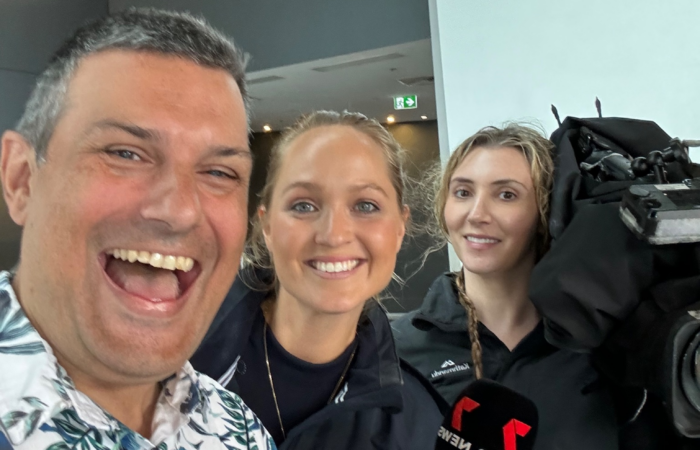Originally published on the Shirlaws Business Coaching Blog, 2007-2010.
If social groups are valued by their size and Google ranking, why does my favourite site work so hard to remain anonymous?
I’ve noted before that the main Social Networks (like MySpace and Facebook) each had their own position in the market, but are now pursuing the seemingly paradoxical task of being “more relevant to more people at the same time”. The same can be said for many other social, Web 2.0 communities – in the social bookmarking space, you can trace a timeline by which Slashdot, then Digg, then Reddit, all followed the same journey from ‘focussed creation’ to ‘generic troll-haven’.
To use Trovus‘ research, the ‘Cloggers’ and ‘Wreckers’ eventually overtake the Stars, and the Stars (who contribute a high level or highly valuable activity) leave. I think I know why this happens, and why all social networks will ‘fail’.
You see, they’re all built out of a single mindset, a mindset about creating value but based on a flawed concept. That concept is Metcalfe’s Law.
Metcalfe’s Law
Metcalfe’s Law dictates that “the value of a network is proportional to the square of the number of users of the system (n²)”. In other words, the extra value of a new user is greater than just their personal value, but is related to the number of connections they have to existing users. Basically, “more users = lots more value”.
You can see how this seemingly applies to web-based social networks and their search for more and more users. If you want a good diagram of Metcalfe’s Law, this article goes further into the application to social networks, and in particular how inverting this law creates a social network death spiral.
This pursuit for users and “lots more value” is prevalent, but ignores the fact that Bob Metcalfe himself has stated Metcalfe’s Law “has never been evaluated numerically” and is “a vision thing…applicable mostly to smaller networks approaching critical mass”. In other words, when you have tens of millions of ‘friends’ and an off-market valuation between $9 and $15 Billion, changing n does not do particularly much.
The key here is the difference between connection and the valueof that connection, which returns me to my point about the value paradox of “trying to be more relevant to more people at the same time”. To discuss this, I’d like to use as an example my preferred social bookmarking site (where users submit news stories they like for the community to vote on and discuss – the more popular stories get the most votes, make the front page, and generally have the best discussions). Since they want to remain anonymous, I’ll just call them News Home and the guy who doctored the site together as GP.
Pond Hypothesis
As a coach, I like a good image or framework to help explain myself. For social networks, I want you to think of the image of a pond: throw a stone in, and you will have circular ripples moving out from the centre.
At the centre of the News Home pond is GP, who created it. The first ripple out is his friends and contacts, people GP would wantto be in a community with. Needless to say, at one ripple, the community has a lot in common – if GP likes a news story, so will most of his friends, it will make the front page, and interesting, valuable discussions will follow.
Enjoying the quality and focus of the stories, the first ripple users now invite their friends – the second ripple. Again, fairly homogenous. And then the second ripple invites the third, and so on until you have 5, 10, or 50 ripples in the pond.
Every person in every ripple has something in common; they can connect back to GP at the centre in some way. But with this enormous number of humans in a community, it’s almost certain that the people far to one side of the pond will have very little in common with people at the other side. Stories voted up by the people on one side (or, to extrapolate, Facebook applications created for one side, decisions about advertising rules made with one side in mind) will leave the other side wondering what they have in common with this community any more.
Worse still, the ripples keep getting bigger. It doesn’t take long at all for the people in the inner-ripples to be outnumbered by a single outer-ripple.
It’s now a heterogeneous community with diverse interests and broad desires. No longer a focussed, niche group with a special interest in common, this social network now resembles the bigger community in the real world. As such, it now adds value to nobody.
The more users, the more diluted the focus, and the less value it has for those users. Importantly, from a business perspective, this means the best users will no longer be engaged – those that contribute the best activity will stop contributing at all.
This is the inverse of Metcalfe’s Law. “More users = less value”
Next time, How to Change…




